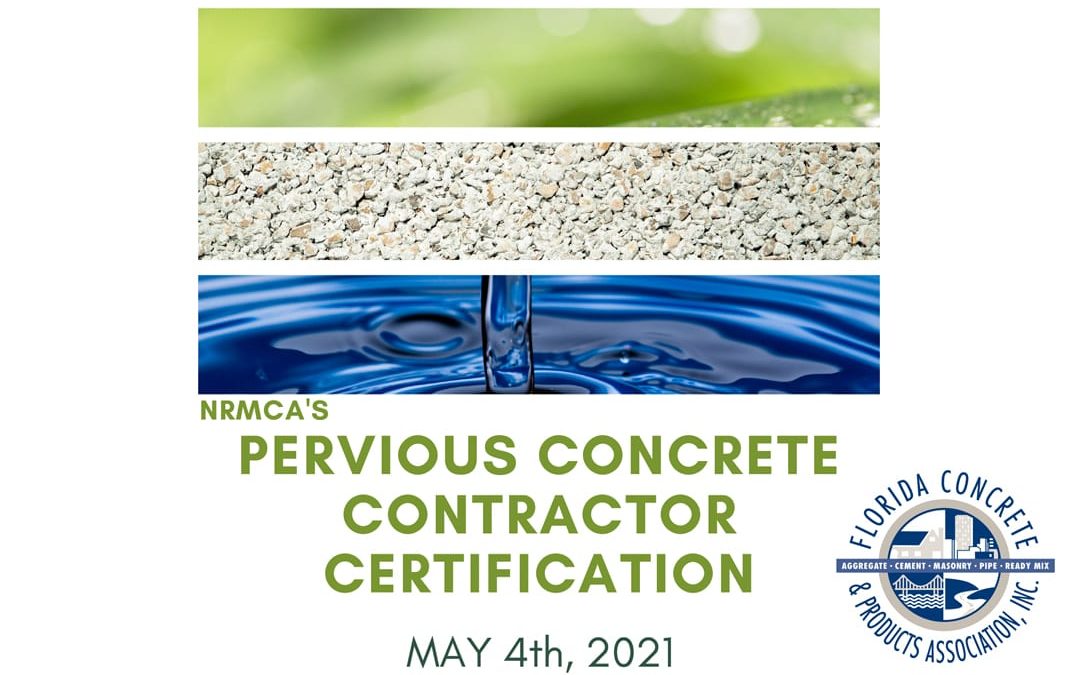
Removing the old roof is an important step in installing a brand new roof. This involves removing asphalt shingles from the roof with a shingle pick. The shingles are then disposed of in dumpsters or garbage cans placed near the house. To minimize damage, the homeowner must prepare their yard and house before beginning the project.
Cost of a new roofing
A new roof could add $10,000 to $20,000 on top of the property's current value. Many times, homeowners insurance will cover the cost for a new roof. The cost of the new roof is dependent on the type of shingle you choose, the pitch of the roof, and the materials to be removed. In general, labor costs account for 60 percent of the total cost of a new roof project. It also depends on which roof shingles are chosen. Basic asphalt shingles are typically priced between $2,000 and $4,000. Synthetic slate, on the other hand, can be as high as $12,000 to $30,000.

Cost of a new roof will vary from one roofing contractor, and may include the cost of building permits or building codes. The size and complexity of the job will impact the labor costs. Additional 10% can be charged for overhead costs. These include business overhead.
Indemnity insurance
Installing a new roof is a big expense. Make sure your insurance policy covers it. Your insurance policy will cover either the total cost of the roof or repairs. A standard homeowners policy typically covers the cost of roof replacement if a natural disaster damages it. This policy usually covers hail, wind damage, fire, explosions, as well as falling objects.
The deductible is an important consideration when you are choosing an insurance policy. You may have different deductibles depending on the policy type or state. If you live near a storm-prone state, you might consider adding a hail and winds deductible to the policy.
Preparing for Installation
Before your roof is installed, there are several things you need to do. First, protect your home from debris and dust that could fall from the roof. To prevent your cars from getting trapped or scratched by debris, it is a good idea for you to get them out of your driveway. Protect your furniture, bedding, etc. from being damaged by construction debris.

You should also ensure that any items under your roof or in your attic are secured. If you have children, arrange for someone else to take care of them during construction. It is important to ensure your pets are safe from the debris and loud noises that can cause them harm.
FAQ
Where can I find out more about building permits
Ask your local government office (for instance, NSW Local Government Association), or talk to your real estate agent. They should be able tell you the best way to go about obtaining permission.
How much does it take to get building permission?
It depends on the state you are in and the complexity of the proposal. It may also depend on whether you apply for permission to build or extend your current house. This can take several weeks so don't be surprised if you have to wait for everything to be completed.
What is the purpose behind the service agreement
The purpose of a Service Agreement is to define the terms under which a customer agrees to purchase goods from you. The Service Agreement also outlines how you will pay them for those services.
The most common type of such document is the Sales Order Form. Here you will list the items being purchased and their prices. Next, list any additional items in the order. This includes delivery costs, VAT and insurance. Finally, you will specify when the order should delivery and be paid for.
You can use a different document depending upon the transaction's nature.
You might use an invoice if, for example, you are selling a product but providing a service.
You would probably use a Purchase Order Form if you buy something from someone else.
Make sure to include all necessary information when you are creating a sales form.
Remember: The buyer will understand your sales order form if it is more detailed.
Statistics
- (3) The contracting officer may provide for a contract price adjustment based solely on a percentage rate determined by the contracting officer using a published economic indicator incorporated into the solicitation and resulting contract. (acquisition.gov)
- (1) Except as provided in paragraphs (a)(4) and (a)(8) of this section, if the estimated amount of the contract or subcontract is $10 million or more, the contracting officer shall request clearance from the appropriate OFCCP regional office before- (acquisition.gov)
- (ii) Name, address, and telephone number of each proposed first-tier subcontractor with a proposed subcontract estimated at $10 million or more. (acquisition.gov)
- Reasonable late fees go up to 25% per year on unpaid sums. (lawdepot.com)
- Depending on the client's trustworthiness and financial stability, a deposit is usually 10 to 50% of the total contract amount. (lawdepot.com)
External Links
How To
What should a service contract include?
Any business relationship requires a Service Agreement. It will outline what you expect and how it will be achieved. The SA also describes when and how you expect the other side to meet its contractual obligations.
Here are the essential elements to a successful SA
-
Both parties must agree on the scope and required services.
-
Particulars of the payment terms, including delivery dates and start dates.
-
An agreed price for your project.
-
Any additional costs such as VAT etc.
-
Whether there is anything else that needs to be discussed.
-
Who will take care of the job if it goes wrong?
-
How disputes are resolved
-
What happens if one of the parties breaches the contract?
-
What happens in the event of a dispute.
-
When does this contract go into effect
-
What happens when one of the parties doesn't perform?
-
What time do you need to pay your invoices?
-
Who pays for expenses such as travel?
-
Where the money came from.
-
What happens if a client changes mind about the project?
-
What happens when the supplier doesn’t show up.
-
Who is allowed to access the site during construction
-
What happens if a customer cancels the contract?
-
What happens if the product fails?
-
What happens if the manufacturer refuses parts?
-
What happens if the equipment is damaged?
-
What happens if the project takes longer than expected.
-
What happens if you don't complete the work within the set timeframe?
-
What happens if the project is not up to standard?
-
What happens if costs exceed expectations?
-
What happens when the materials are not delivered in time?
-
What happens when the material arrives damaged.
-
What happens if the products aren't up to standard?
-
What happens if the job gets cancelled before it is completed?
-
What happens if the company goes bust.